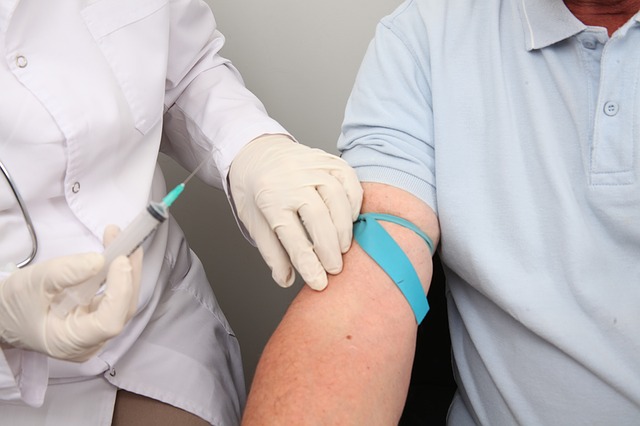Why gene therapy is no longer a pipe dream
By Michael White,
Pacific Standard Magazine
| 01. 18. 2018
Last year will be remembered for many things, many of them not good. But here's at least one flicker of hope: 2017 may go down as the year gene therapy finally turned a corner. In late December, the Food and Drug Administration announced its approvalof the third gene therapy since August. These three therapies—two for treating cancer and one for treating a form of congenital blindness—are the first of their kind to pass muster with the FDA. And with hundreds of clinical trials for other gene therapies underway, they won't be the last. For decades, gene therapy was a pipe dream, symbolizing the unfulfilled promises of biomedical scientists who claimed that they could not just treat but actually cure disease by fixing genes. Those promises are finally beginning to be realized.
The logic behind gene therapy is simple. Many diseases are caused by a missing or defective gene; replace the broken gene with a working copy, and you cure the disease. But putting this logic into practice hasn't been so easy. For more than a century...
Related Articles
By staff, Japan Times | 12.04.2025
Japan plans to introduce a ban with penalties on implanting a genome-edited fertilized human egg into the womb of a human or another animal amid concerns over "designer babies."
A government expert panel broadly approved a proposal, including the ban...
By David Jensen, The California Stem Cell Report | 12.11.2025
California’s stem cell and gene therapy agency today approved spending $207 million more on training and education, sidestepping the possibility of using the cash to directly support revolutionary research that has been slashed and endangered by the Trump administration.
Directors...
By Tina Stevens, CounterPunch | 12.11.2025
Silicon Valley and other high tech billionaires are investing millions in start-ups dedicated to creating genetically engineered (GE) babies, according to a recent Wall Street Journal (WSJ) report. AI mogul Sam Altman, cryptocurrency entrepreneur Brian Armstrong, venture capitalist Peter...
By Jenny Lange, BioNews | 12.01.2025
A UK toddler with a rare genetic condition was the first person to receive a new gene therapy that appears to halt disease progression.
Oliver, now three years old, has Hunter syndrome, an inherited genetic disorder that leads to physical...




